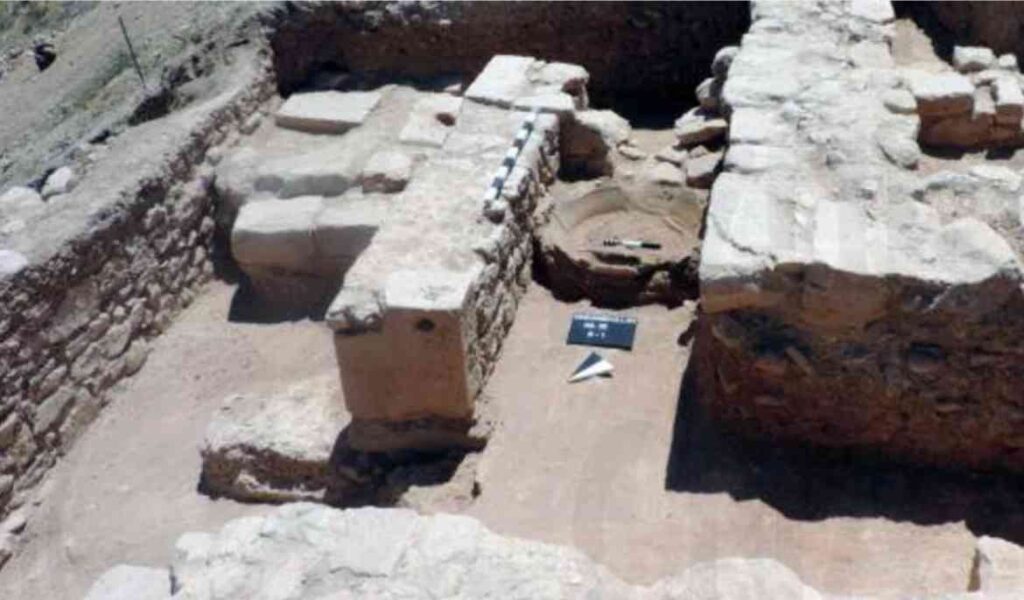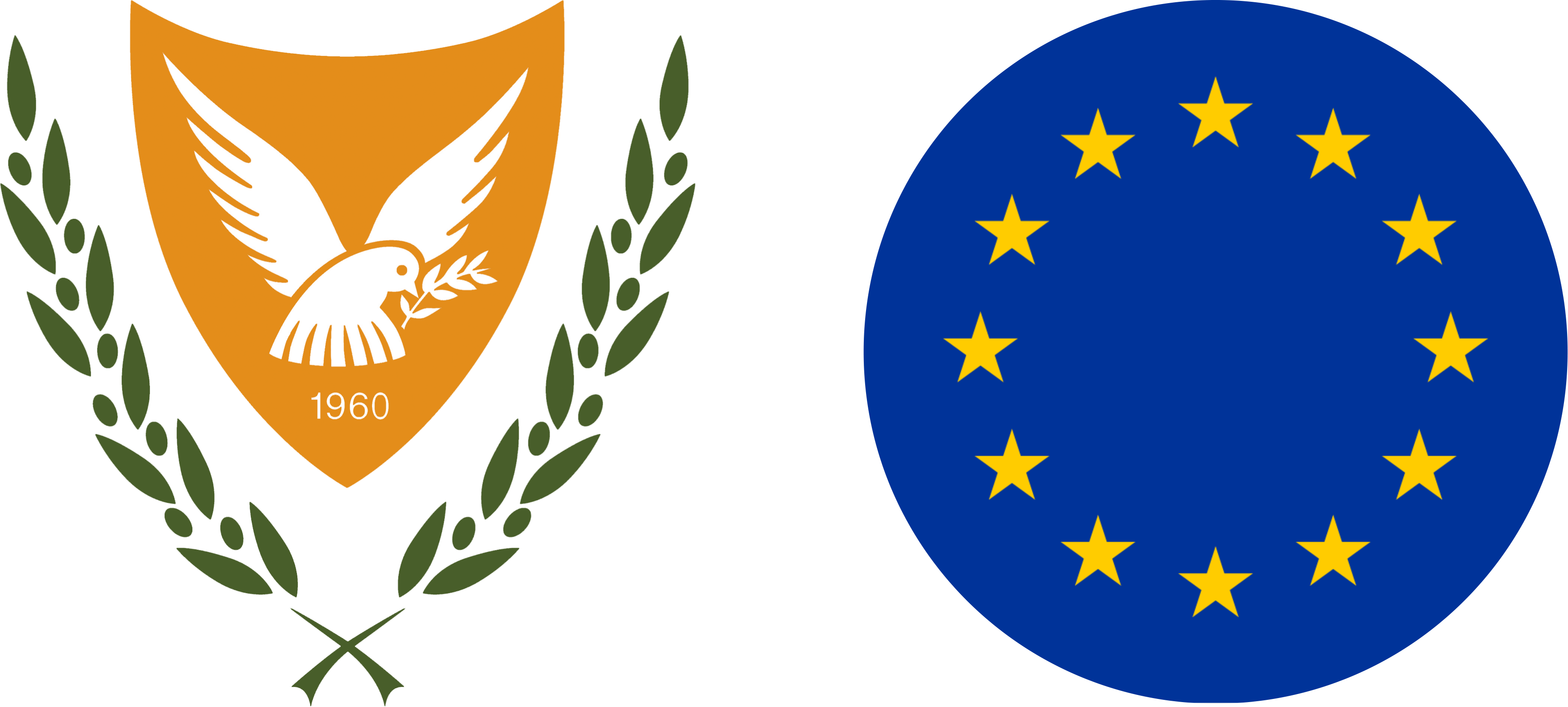Ancient Cypriot writing was found on a wall dating from the 6th century BC at an archeological dig in Palaepaphos, the department of antiquities said on Wednesday.
“The findings that will be revealed from the study of the inscription are awaited with particular interest,” it said of the discovery in the Kouklia-Martsello area.
The 2024 excavation continued to focus on a monument north of a 186m monumental wall shaped like a P at the same site and which faces the sea.
It had been thought it was part of a fortification and functioned as a defensive tower but the latest round of excavations points to it being unconnected and probably devotional.
Previous excavations have shown that the site was founded on a layer of the Late Cypriot III period (12th-11th centuries BC), then fell into disuse before being repaired during the Cypro-Archaic period (6th century BC).
Last year, on the exterior of what the department called an “enigmatic structure” the representations of two engraved ships were found, which resemble corresponding depictions of ships in Kition.
In 2024, another ship was spotted, but its excavation remained unfinished.
Digs at the site were started in the 1950s by a British expedition, and more recently from 2006 to 2008 by a team from the University of Cyprus. These brought to light the 186m wall although the dating of various parts of it and its use remain unclear.
During the 2024 excavation season, work initially focussed on investigating a tunnel that crosses the wall at a depth of 2.3m.
The use of these tunnels remains puzzling, the department said, although one theory says parts of it were built in 499/498 BC during the siege of Palaepaphos by the Persians.
It is the fourth year that works have been carried out at the site by a team of undergraduates and postgraduate students from the National and Kapodistrian University of Athens (NKUA). They will return next year for further investigations.



